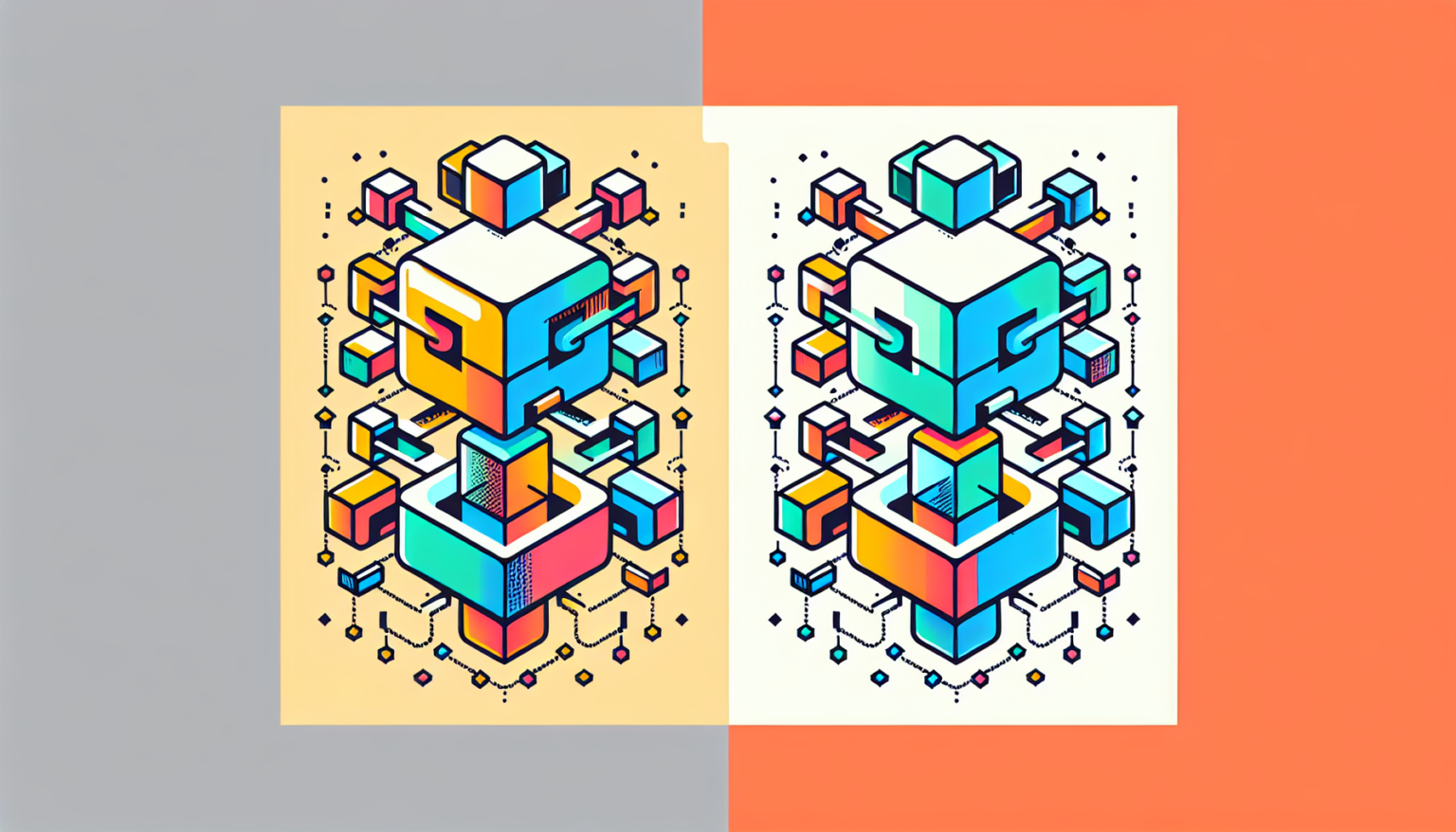Understanding Blockchain Interoperability
Blockchain technology has made significant strides since its inception, but one of the primary challenges it faces is interoperability. Different blockchains have been developed independently, often with unique protocols, governance frameworks, and consensus mechanisms. This fragmentation can hinder data exchange and collaboration across platforms. While several interoperability solutions have emerged to bridge these divides, understanding their differences, strengths, and weaknesses is crucial for developers, organizations, and users.
Types of Interoperability Solutions
Interoperability solutions come in various forms, each designed to tackle the unique challenges of communicating and transacting across different blockchain networks. Let’s take a closer look at some prominent types.
Communication Protocols
Communication protocols are the backbone of blockchain interoperability. They establish the rules and formats for data exchange between different blockchains.
Cross-Chain Communication Protocols
Protocols such as Polkadot and Cosmos utilize a hub-and-spoke model to facilitate inter-chain communication. In these models, a central hub allows different blockchains to send messages and share data. This design reduces the burden on each blockchain to manage complex interactions independently.
Layer 2 Solutions
Layer 2 solutions are built on top of existing blockchains, improving scalability and transaction speed. Examples include the Lightning Network for Bitcoin and Plasma for Ethereum. These solutions can also enhance interoperability by allowing transactions across different blockchains without requiring direct integration.
Atomic Swaps
Atomic swaps are a technique that enables the exchange of one cryptocurrency for another without the need for an intermediary. This technology operates using hashed time-locked contracts (HTLC), ensuring that both parties fulfill their obligations or the transaction is canceled. While atomic swaps benefit exchanges between pairs of blockchains, they may not support complex interactions involving multiple assets or smart contracts.
Intermediaries: Bridges and Notary Chains
Some interoperability solutions rely on intermediaries that serve as bridges between blockchains.
Blockchain Bridges
Blockchain bridges facilitate the transfer of assets and data across different blockchain networks. For example, a bridge might lock up assets on one chain while minting equivalent tokens on another, creating a seamless value exchange. While effective, this approach requires trust in the security of the bridge, making it a potential central point of failure.
Notary Chains
Notary chains act as a third-party mediator that verifies and records transactions occurring between different blockchains. The notary observes actions on one blockchain, validates them, and then executes the corresponding actions on another. While this method can provide significant security, it does require trust in the notary and may lead to delays.
Evaluating Interoperability Solutions
Given the variety of interoperability solutions available, evaluating their strengths and weaknesses can help organizations choose the right approach for their needs.
Security Considerations
Security is paramount when dealing with cross-chain transactions. Solutions that rely on intermediaries, such as bridges and notary chains, may introduce vulnerabilities, as users must trust these third parties to manage assets securely. On the other hand, direct communication protocols and atomic swaps typically distribute risk across multiple networks, potentially enhancing security.
Scalability and Performance
Scalability is another crucial factor in interoperability. Solutions that leverage layer 2 technologies, like the Lightning Network, often allow for faster transactions and reduced congestion on the main blockchain. On the contrary, bridges and notary chains may face bottlenecks, especially during peak transaction times.
User Experience
For end-users and developers, the usability of interoperability solutions is essential. Cross-chain solutions that require complex setups or technical know-how can present barriers to entry. Protocols that streamline interactions, with user-friendly interfaces and clear documentation, can significantly enhance user adoption.
Flexibility and Customization
Another factor to consider is the flexibility of the solution. Some protocols allow for greater customization and can adapt to a wide range of use cases, enabling organizations to tailor interoperability to their specific needs. On the other hand, more rigid solutions might limit functionality, making them less attractive for developers aiming for versatility.
Key Interoperability Solutions in the Market
With a better understanding of the types and evaluation factors for interoperability solutions, let’s take a closer look at some leading players in the market.
Polkadot
Polkadot is a multi-chain framework that allows different blockchains to interoperate seamlessly. Its unique parachain structure enables several blockchains to run concurrently, allowing them to share information and communicate effortlessly. The flexibility of Polkadot’s network allows projects to launch their custom blockchains while benefiting from the security and interoperability of the Polkadot ecosystem.
Cosmos
Cosmos operates under the “Internet of Blockchains” philosophy, enabling disparate blockchains to connect and communicate through the Inter-Blockchain Communication (IBC) protocol. The Cosmos SDK offers tools for developers to create custom chains, ensuring a diverse range of applications. Additionally, its emphasis on scalability and usability makes it attractive for both developers and users.
Chainlink
While primarily known as a decentralized oracle network, Chainlink plays a significant role in interoperability by connecting smart contracts on various blockchains with off-chain data. This capability enables interoperability between traditional applications and decentralized finance (DeFi) solutions, enhancing overall functionality across platforms.
Wanchain
Wanchain is focused on creating a decentralized blockchain-based financial network but also emphasizes interoperability. Utilizing cross-chain smart contracts and its unique protocol for asset transfers, Wanchain allows users to exchange digital assets across different blockchain ecosystems easily.
Ren Protocol
Ren Protocol offers a way to transfer assets between different blockchains anonymously. Its unique dark pool technology facilitates asset transfers while maintaining user privacy. RenVM can serve as a bridge between Bitcoin and Ethereum, allowing users to mint renBTC on Ethereum effortlessly.
Conclusion
Evaluating the multitude of interoperability solutions available today is crucial for organizations aiming to harness the full potential of blockchain technology. By understanding the strengths, weaknesses, and suitable use cases of different solutions, stakeholders can make informed decisions that drive innovation and efficiency across the blockchain landscape.








